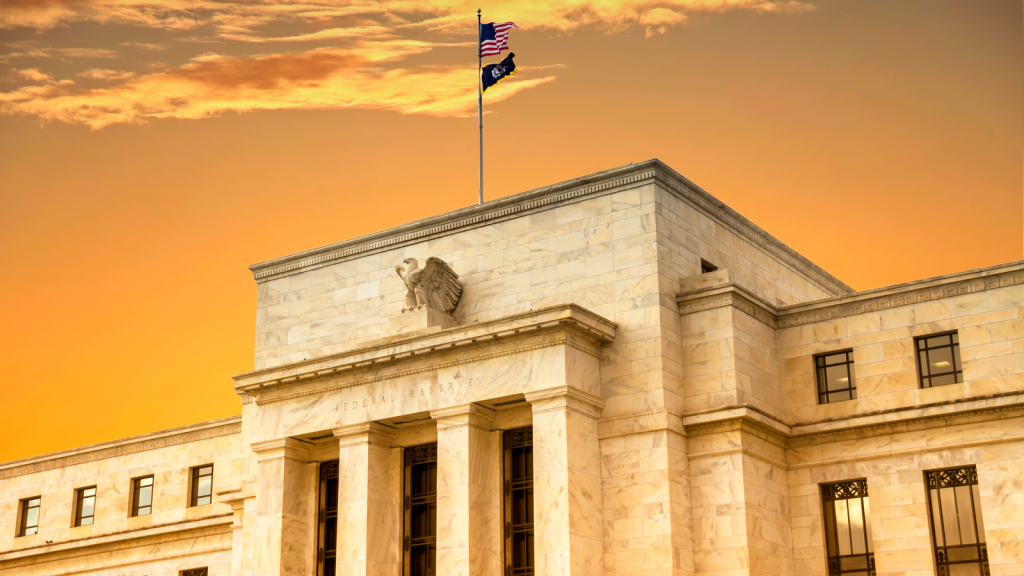
The Federal Reserve’s recent pivot, which includes forecasting three rate cuts in 2024, has sent ripples across financial markets and left analysts scratching their heads. At first glance, the decision seems counterintuitive. Rate cuts are typically reserved for times of economic hardship, not prosperity. With the core inflation rate stubbornly hovering at 4% and unemployment projections impressively low, the rationale behind the Fed’s anticipatory easing requires a deeper dive.
The Federal Reserve uses interest rate adjustments as a primary tool to manage economic growth and inflation. Conventional wisdom suggests that when the economy overheats, marked by high inflation, the Fed raises rates to cool it down. Conversely, when the economy falters, the Fed cuts rates to stimulate borrowing, spending, and investment.
The term “Goldilocks economy” refers to an ideal state where the economy is neither too hot (inflationary) nor too cold (recessionary), but just right. “Goldilocks economies” can sustain moderate economic growth without triggering inflation. The current U.S. economy, with its strong employment figures and robust growth, seems to fit this narrative.
In such a scenario, one might expect the Fed to either maintain current interest rates or consider raising them to prevent overheating. However, the Fed’s projection diverges from this playbook.
Why Is the Fed Cutting Rates?
The Fed’s indication of future rate cuts raises questions about its confidence in the ongoing economic strength. Here are some potential interpretations of their decision:
1. Proactive Measures Against Future Risks
The Fed might be taking a proactive approach by signaling rate cuts in anticipation of future economic headwinds not yet visible in the data. This could include global economic slowdowns, trade uncertainties, or unforeseen market disruptions.
2. Market Expectations and Treasury Yields
Market expectations play a crucial role in the Fed’s policy decisions. If investors expect rate cuts, failing to deliver could disrupt financial markets. Similarly, Treasury yields, which influence borrowing costs across the economy, might be guiding the Fed’s actions.
3. Inflation Targeting
Despite current inflation rates, the Fed may believe that it can achieve its long-term target of 2% inflation with a more dovish approach. By cutting rates, the Fed might be aiming to preemptively manage inflation expectations.
4. Economic Data Disconnect
There could be a disconnect between economic projections and real-time data. Perhaps the Fed has insights suggesting that the economy might not be as robust as it appears, necessitating future rate cuts to sustain growth.
The Bottom Line
Investors seem to have decoupled from the Fed’s cautious stance, expecting no recession and forecasting an aggressive six rate cuts over the next 12 months. This optimism may be misplaced and could fuel another inflationary cycle, especially if the economy is already starting from a 4% inflation rate.
Fed Chair Jerome Powell has previously expressed a preference for overtightening monetary policy over risking higher inflation. The recent pivot to a softer policy stance seems to contradict this position. Is this a strategic reversal or an acknowledgment that the economy might be able to avoid a recession while bringing inflation down to the 2% target with an extended rate-cutting cycle?
The possibility that the Fed’s policy shift could “break something” in the economy cannot be ignored. An off-course drift might lead to new imbalances, such as asset bubbles or financial instability, particularly if the rate cuts are not executed with precision.
Regardless of the why, it’s clear we are in a cycle shift, and risks remain independent of what some squiggles on a chart of the S&P 500 shows.
On the date of publication, Michael Gayed did not hold (either directly or indirectly) any positions in the securities mentioned in this article. The opinions expressed in this article are those of the writer, subject to the InvestorPlace.com Publishing Guidelines.




